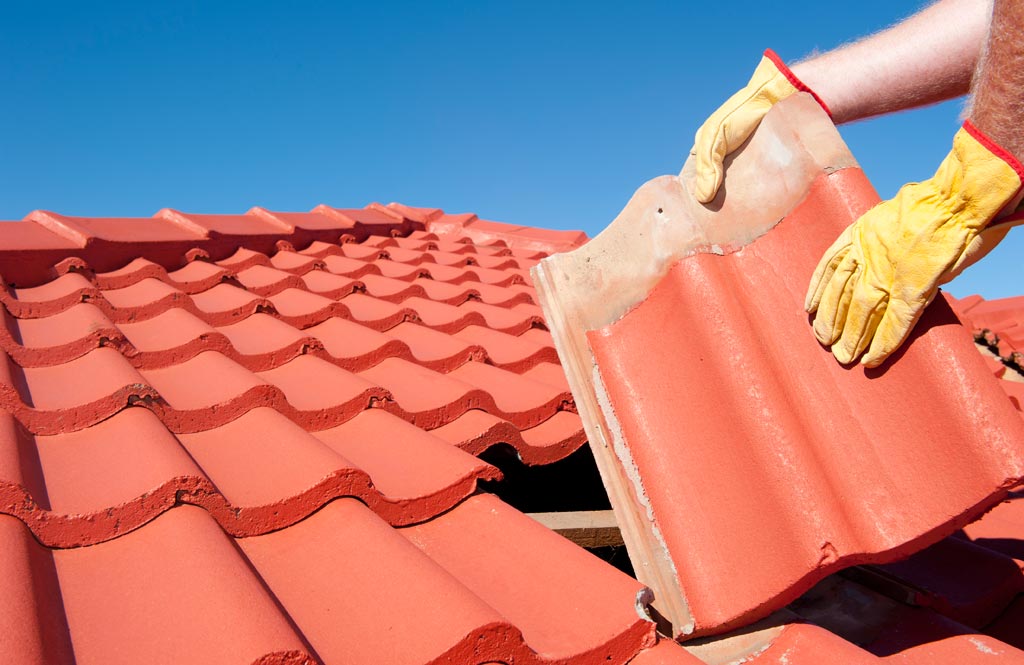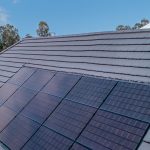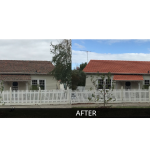
Optimising Roof Performance with The Right Roof Repair Service
27 March 2023Due to the unusual autumn weather experienced in some regions of the nation, along with everything else that has been going on, it is possible that the preventative maintenance for the roof was not performed as promptly as it could have been. But don’t despair. Although most significant roofing work for commercial buildings takes place in the spring and autumn, the winter may still be a good time to begin reviewing and planning on breathing new life into an existing roof without having to go through the expense of installing a completely new one. Although every kind of roofing system has its lifespan and ability to be repaired, there are standard procedures that facility managers can follow to figure out how to maintain a roof in a condition that is as close to brand new as possible.
At the beginning of each new major season, facility managers are recommended to have the roof systems of their buildings inspected by an experienced professional as a best practice. Roof inspections are recommended to be performed in the spring and autumn. This is because the weather during the winter months in many regions makes it difficult to perform excellent repairs on the roof.
When Should You Assess the Performance of Your Roof?
The autumn evaluation to prepare for winter is best completed during the first hard freeze, which allows most tree leaves to drop. This is the optimal time for the evaluation to be performed. This timing enables the removal of leaves and debris and simply relocating them to ensure that the roof will drain properly.
When doing the autumn inspection, the first thing that should be done is to check all the drainage points (drains, scuppers, gutters, and overflows) to ensure they are not clogged with debris. If the roof were to be inspected at the beginning of winter, the weather might not yet threaten the climb’s safety.
In-depth Checking & Maintenance
After ensuring that the roof can drain effectively, you should search for any evidence of water collecting in areas that are not draining. A discoloured ring, which often indicates regular and recurrent ponding, is one of the most evident warning signs that there is a problem.
After that, strolling about on the roof while adhering to the appropriate safety standards might assist in locating “soft areas” in the roof’s structure. These “soft areas” may indicate a breakdown of material under the roof, which might be connected to water infiltration through the roof assembly.
It is a best practice to note the position of these areas and connect them with the building inside to discover if they match any indicators of water intrusion. This may be done by taking a picture of the area in question. A targeted repair or the removal of damaged material and replacement with comparable materials on the sections in concern is likely all that would be required for these regions with the proviso that the roof covering itself is still in excellent shape.
Other Roofing Concerns Identified
In many cases, wear or damage caused by wind can be identified and repaired, in addition to the inspections performed to look for issues related to moisture or debris. When determining whether or not the securement has been compromised, it is recommended to inspect the perimeter and any used flashings. The junctures between the roof and the vertical surfaces are extremely important to the proper performance of the water-shedding capabilities of the roofing system. Look for missing splice plates, loose or missing coping or fascia, unsealed seams, and vacant fastener holes; check for any loose coping or fascia. Locating any gutter and downspout straps that are either missing or have become unattached is important.
Recent Posts
-
 Monier SOLARtile vs Bolt-On Panels: Integrated Solar Roofing for Melbourne Homes
Monier SOLARtile vs Bolt-On Panels: Integrated Solar Roofing for Melbourne Homes -
 Monier C-LOC™ Concrete Roof Tiles: Superior Gloss Retention, Durability & Long-Lasting Performance
Monier C-LOC™ Concrete Roof Tiles: Superior Gloss Retention, Durability & Long-Lasting Performance -
 Terracotta Tile Roof Restoration: 7 Signs Your Roof Needs Urgent Attention
Terracotta Tile Roof Restoration: 7 Signs Your Roof Needs Urgent Attention -
 Residential Roof Tile Installation: Preparing Your Home & Site for Installation Day
Residential Roof Tile Installation: Preparing Your Home & Site for Installation Day -
 Roof Extensions in Heritage Overlays: Matching Monier Profiles Without Breaching Planning Rules
Roof Extensions in Heritage Overlays: Matching Monier Profiles Without Breaching Planning Rules -
 Are Monier Concrete Roof Tiles the Most Economical Roofing Option? Here Are the Key Reasons
Are Monier Concrete Roof Tiles the Most Economical Roofing Option? Here Are the Key Reasons -
 Roof Tiling Melbourne: Expert Climate-Driven Choices for Long-Lasting Roofs
Roof Tiling Melbourne: Expert Climate-Driven Choices for Long-Lasting Roofs -
 Terracotta Roof Tiles: Monier Classic Styles Backed by Modern Roofing Technology
Terracotta Roof Tiles: Monier Classic Styles Backed by Modern Roofing Technology -
 Roofing Services Melbourne: Don’t Risk DIY – Call the Professionals
Roofing Services Melbourne: Don’t Risk DIY – Call the Professionals -
 Need Melbourne Roof Replacement? Choose Monier Tiles for Long-Lasting Results
Need Melbourne Roof Replacement? Choose Monier Tiles for Long-Lasting Results

